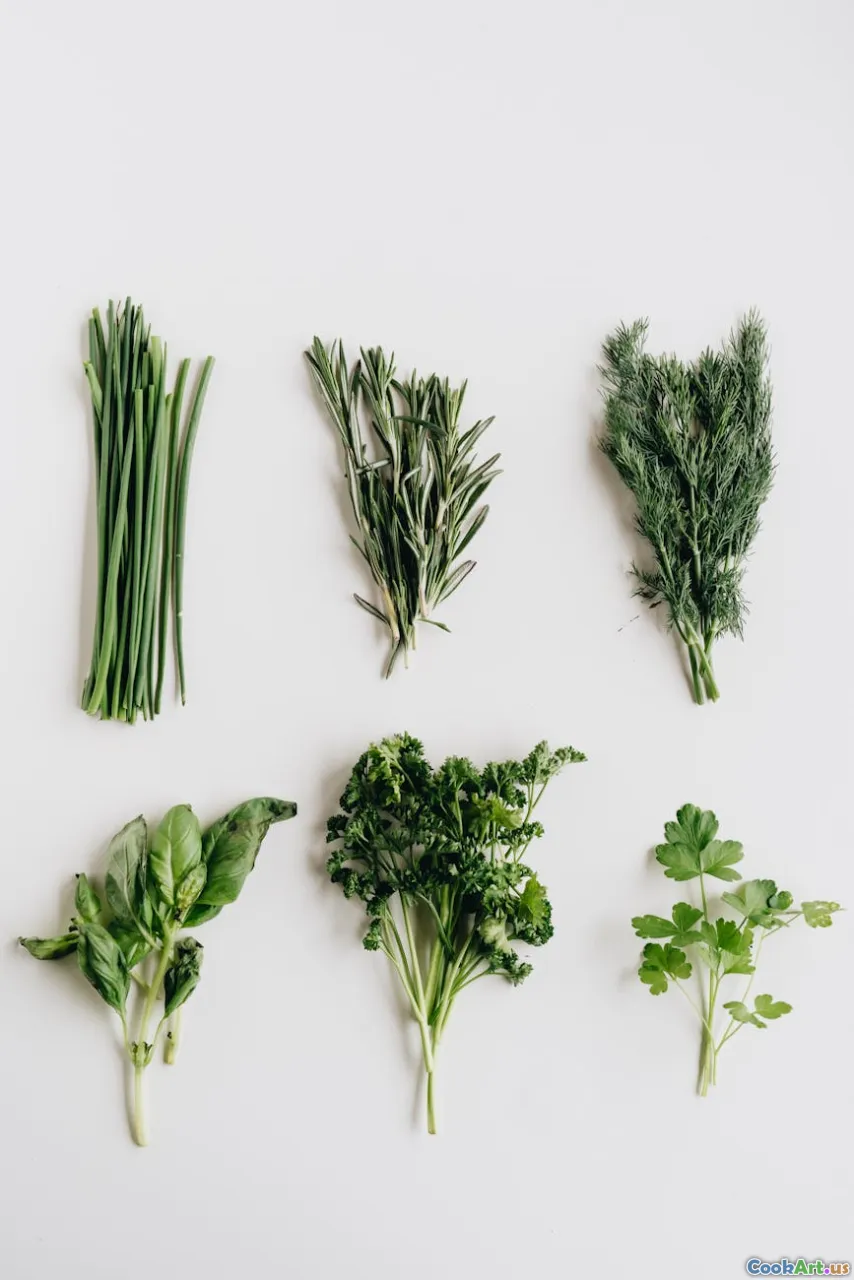Herbs and Spices: The Architects of Flavor
6 min read Discover how herbs and spices shape global cuisines and elevate flavors, weaving rich stories into our culinary experiences. April 09, 2025 19:00
Herbs and Spices: The Architects of Flavor
Herbs and spices are not just add-ons; they are the very essence of culinary identity across cultures. These ingredients have a profound impact on flavor, aroma, and texture, transforming simple dishes into extraordinary experiences. Let’s delve into the world of herbs and spices, exploring their history, cultural significance, and the art of using them to create unforgettable meals.
The Historical Significance of Herbs and Spices
The use of herbs and spices dates back thousands of years. Ancient civilizations, such as the Egyptians and the Romans, valued these ingredients not just for their flavor but also for their medicinal properties.
The Spice Trade
The spice trade played a pivotal role in shaping global culinary practices. Spices like pepper, cinnamon, and cloves were once considered more valuable than gold, leading to exploration and the establishment of trade routes.
Culinary Traditions
Different cultures have developed unique ways of using herbs and spices. In Indian cuisine, spices like turmeric and cumin are integral to creating complex flavors, while in Italian cooking, fresh herbs like basil and oregano are used to enhance the natural taste of ingredients. Each culinary tradition tells a story, reflecting the land, climate, and history of its people.
Exploring the Flavor Profiles
Herbs and spices can be categorized into several profiles:
Aromatic Herbs
Aromatic herbs such as basil, cilantro, and parsley add freshness to dishes. They are often used as a finishing touch, providing a burst of flavor that elevates the overall experience.
Warm Spices
Warm spices like cinnamon, nutmeg, and allspice impart a comforting essence to both sweet and savory dishes. They are often associated with fall and winter, evoking feelings of warmth and tradition.
Pungent Spices
Pungent spices such as chili peppers and black pepper create heat and complexity. They can transform a bland dish into a fiery sensation, showcasing the boldness of culinary creativity.
The Art of Pairing
Pairing herbs and spices correctly can enhance the flavor of a dish, creating a harmonious balance. Here are some classic pairings:
- Basil and Tomato: A timeless combination in Italian cuisine.
- Cilantro and Lime: A refreshing duo often found in Mexican dishes.
- Rosemary and Lamb: A traditional pairing that complements the richness of the meat.
Understanding these pairings can elevate your cooking, allowing you to explore new dimensions of flavor.
Culinary Techniques: Infusing Flavors
The techniques used to incorporate herbs and spices into cooking can vary greatly, impacting the final dish:
Infusion
Infusing oils or broths with herbs and spices can create a depth of flavor that is hard to replicate. For instance, infusing olive oil with garlic and rosemary can enhance a salad dressing or sautéed vegetables.
Dry Roasting
Dry roasting spices before use can intensify their flavor. This technique is commonly used in Indian cooking, where spices are toasted in a dry pan to release their essential oils and aromas.
Marinades
Marinating meats in a blend of herbs and spices not only tenderizes but also infuses flavor. A simple marinade of garlic, rosemary, and lemon juice can transform chicken into a succulent dish.
Cultural Significance
Herbs and spices are deeply intertwined with cultural practices, often used in rituals, celebrations, and traditional dishes that define a region's identity. For example:
- Hindu Festivals: Spices play a crucial role in festivities, with elaborate dishes prepared using a plethora of spices to symbolize abundance.
- Mediterranean Cuisine: The use of fresh herbs reflects the region's agricultural practices and is central to the Mediterranean diet’s health benefits.
Conclusion: The Language of Flavor
Herbs and spices are indeed the architects of flavor, creating a culinary language that transcends borders. They tell stories of history, culture, and tradition while allowing us to connect with one another through shared meals and experiences. By understanding and respecting these ingredients, we can appreciate the artistry behind every dish and continue to explore the rich tapestry of global cuisines.
Embrace the power of herbs and spices in your cooking, and let them guide you on a journey of flavor that celebrates the world’s diverse culinary heritage.









